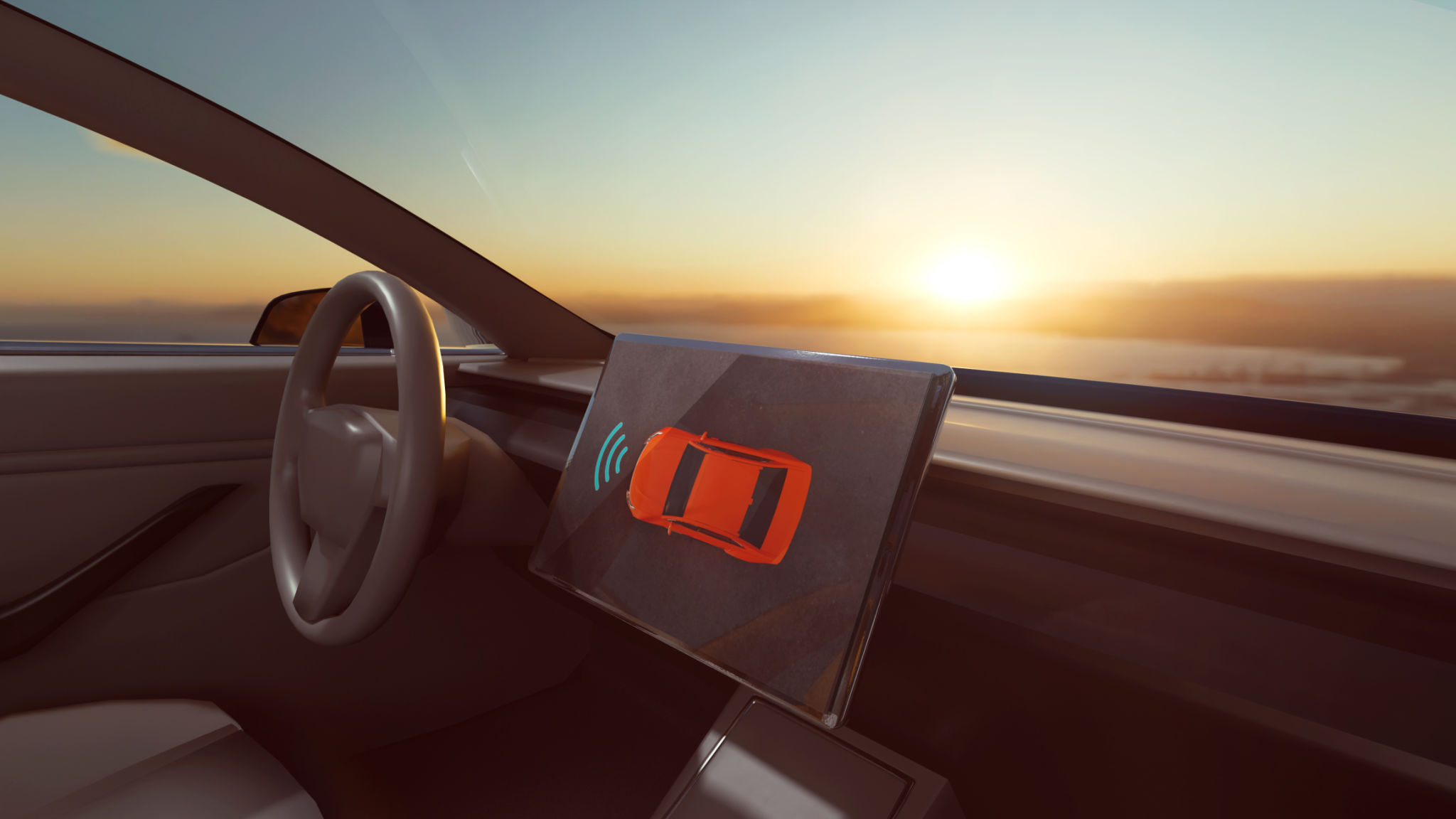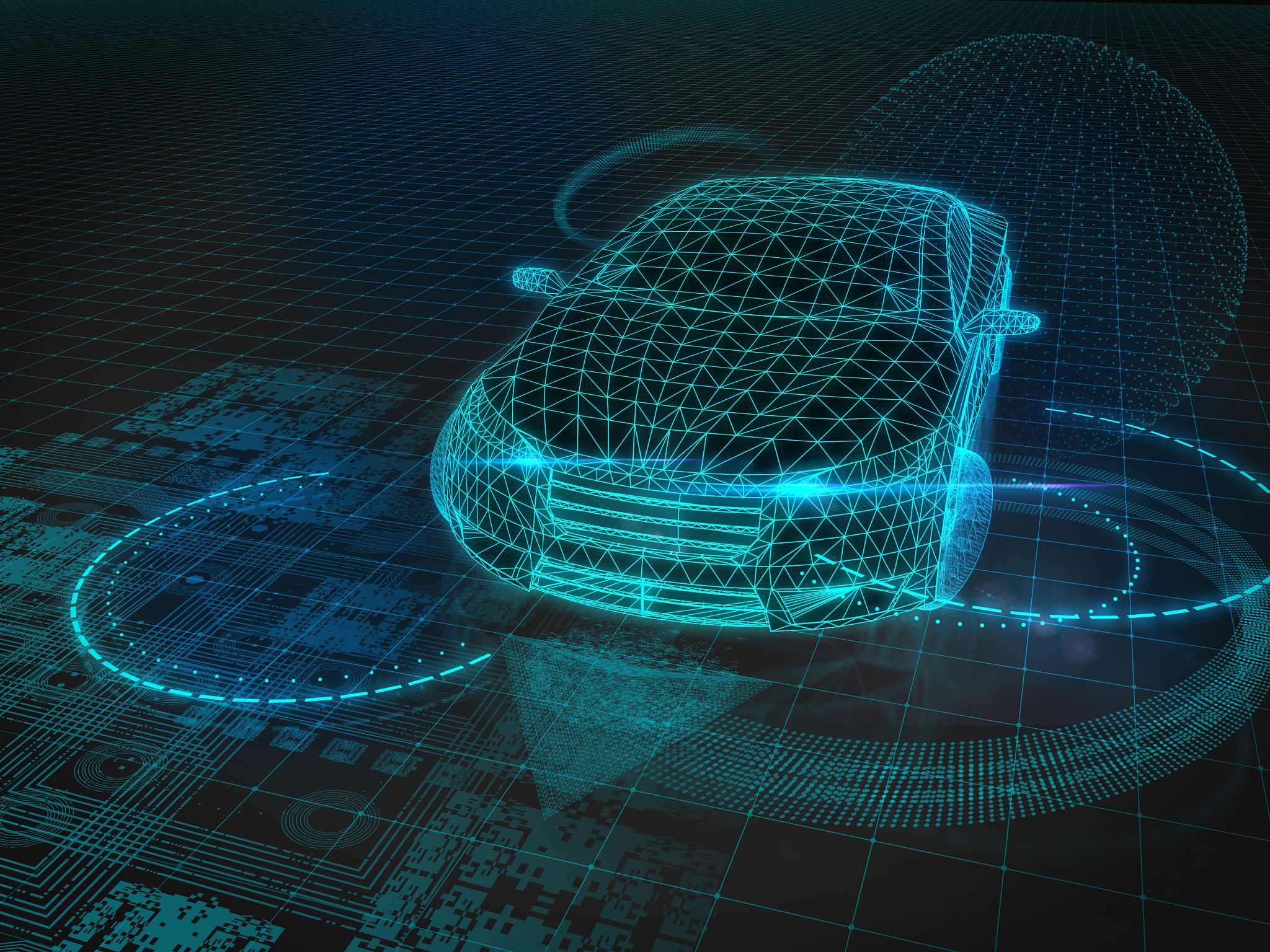Understanding ADAS Calibration: Why It's Crucial for Modern Vehicles
What is ADAS?
Advanced Driver Assistance Systems (ADAS) are a collection of electronic technologies designed to assist drivers with various functions, enhancing their driving experience and improving safety. These systems include features like adaptive cruise control, lane departure warnings, automatic emergency braking, and blind-spot detection. As vehicles become more technologically advanced, the importance of maintaining these systems is paramount.

The Importance of ADAS Calibration
Calibration of ADAS is crucial for ensuring that these systems function correctly. Proper calibration guarantees that the sensors and cameras used in ADAS provide accurate data, which is essential for the safety features to operate as intended. An improperly calibrated system can lead to malfunctions, potentially endangering the driver and others on the road.
Regular calibration checks are necessary because even minor collisions or repairs can affect the alignment and performance of ADAS components. Without precise calibration, the entire system's effectiveness is compromised, resulting in unreliable safety alerts and responses.
When is ADAS Calibration Needed?
Several situations necessitate ADAS calibration, including:
- After any collision or accident
- Following windshield replacement
- After suspension or alignment work
- During routine maintenance checks

How ADAS Calibration Works
ADAS calibration involves adjusting the cameras and sensors to ensure they are aligned correctly with the vehicle's specifications. This is typically done using specialized equipment that can measure and adjust the positions of these components accurately. There are two primary types of ADAS calibration: static and dynamic.
Static vs. Dynamic Calibration
Static calibration is performed in a controlled environment where the vehicle remains stationary while specialized tools calibrate the sensors. In contrast, dynamic calibration requires the vehicle to be driven under specific conditions to allow the sensors to recalibrate in real-time. The choice between static and dynamic calibration depends on the vehicle make and model, as well as the specific ADAS features installed.

The Risks of Skipping Calibration
Neglecting ADAS calibration can have serious repercussions. A misaligned sensor might fail to detect a vehicle in a blind spot or misinterpret lane markings, leading to incorrect alerts or actions. This not only reduces the effectiveness of safety features but also increases the risk of accidents.
Moreover, manufacturers' warranties might require regular calibration as part of their terms. Failing to comply could void warranties, leaving owners with unexpected costs for repairs or replacements.
The Future of ADAS Technology
As automotive technology continues to evolve, ADAS will likely become more sophisticated and widespread. This trend underscores the need for skilled technicians who understand the intricacies of ADAS calibration. Investing in proper training and equipment is essential for service providers to keep pace with these advancements.
For vehicle owners, staying informed about their vehicle's ADAS capabilities and maintenance requirements will be crucial in maximizing safety and performance on the road.